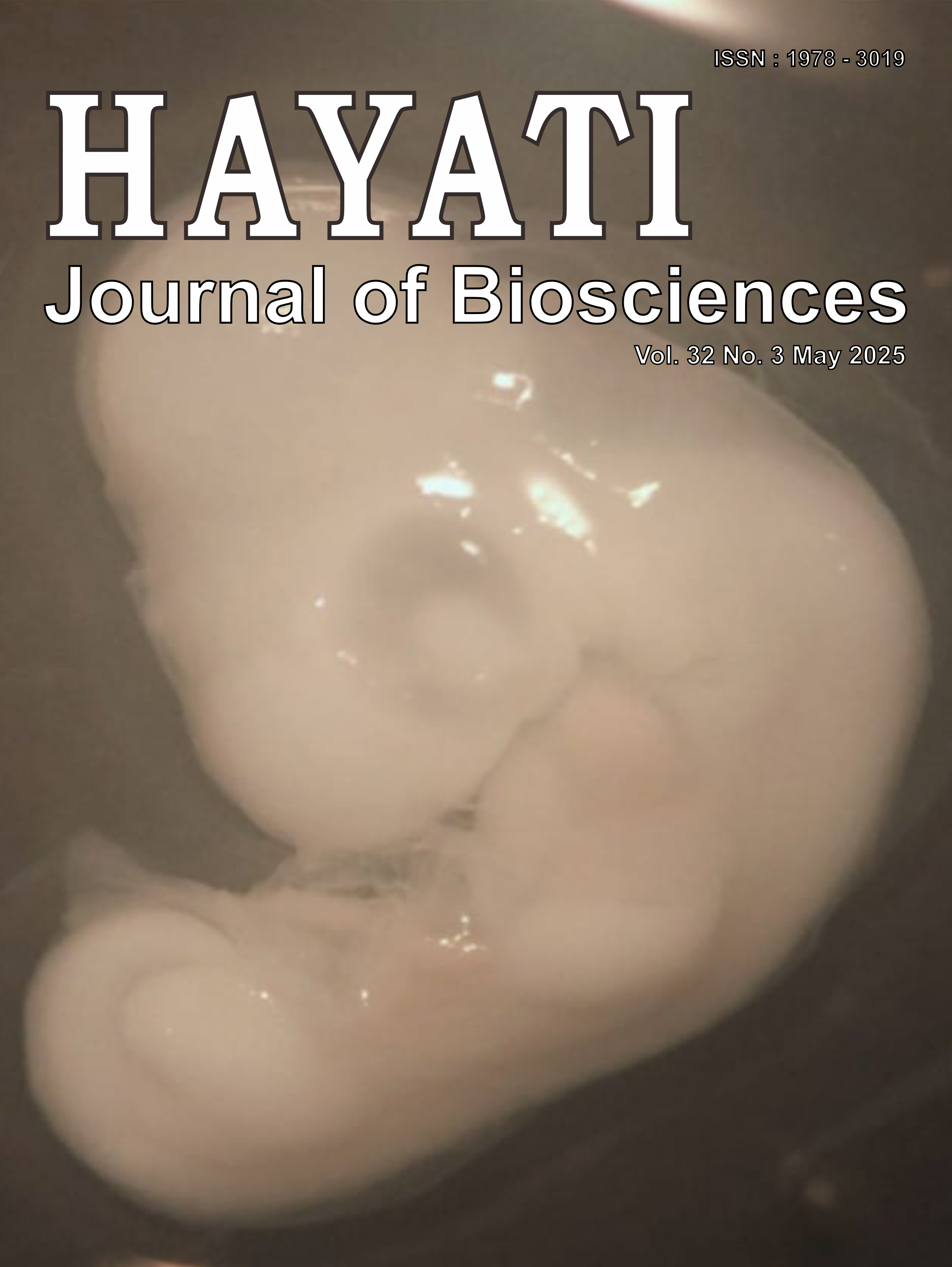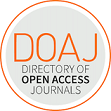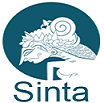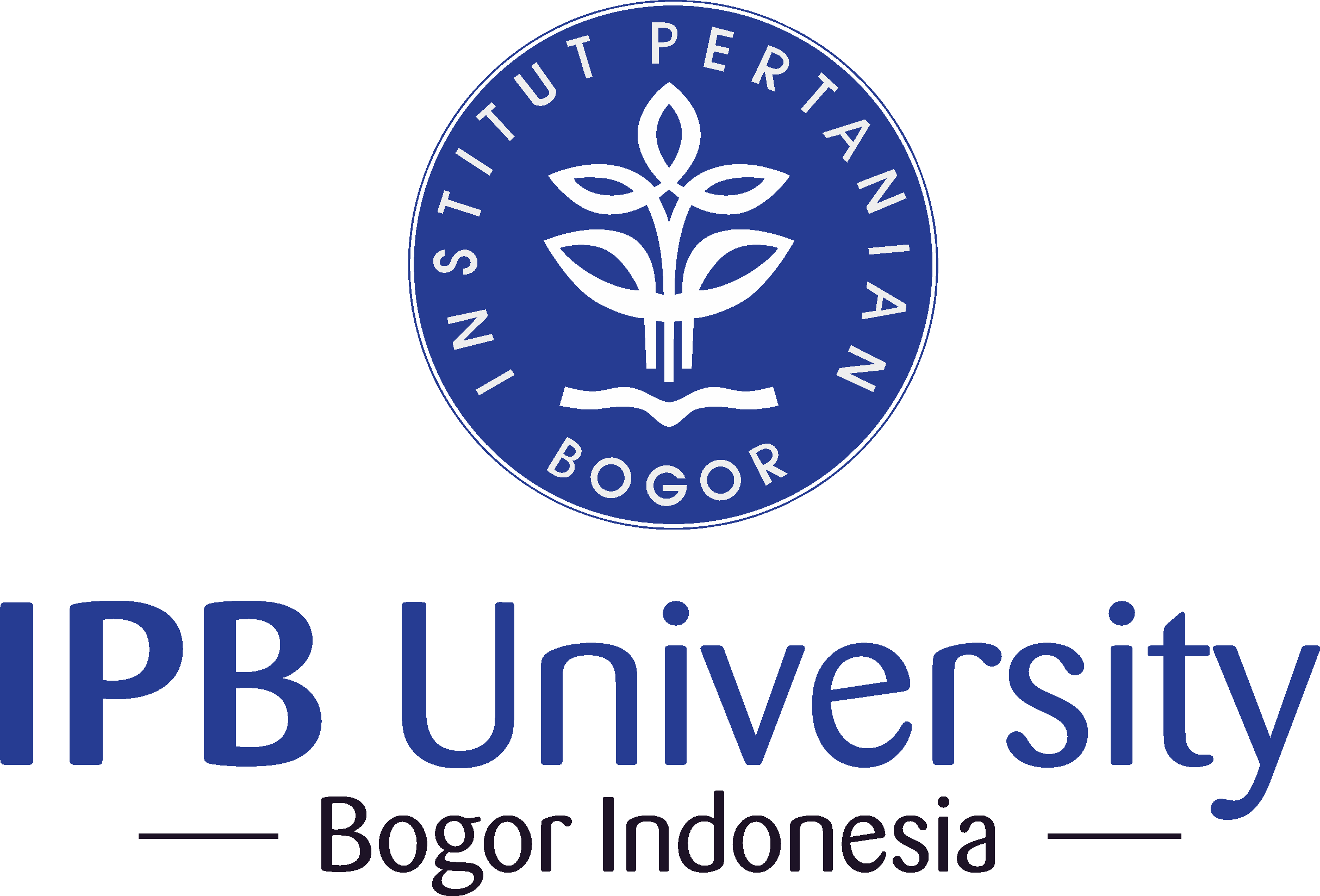Chemical Components of Essential Oils from Woods of Cinnamomum burmanii (Ness) BL, Santalum album Linn., and Cryptocarya massoia (Oken) Kosterm and Their Application as Antibacterial Additives in Transparent Herbal Soaps
Abstract
This study aimed to isolate and identify the chemical components of essential oils from woods of cinnamon (Cinnamomum burmanii (Ness) BL), sandalwood (Santalum album Linn.), and massoia (Cryptocarya massoia (Oken) Kosterm) and to determine their effect as additives for transparent herbal soap in terms of their antibacterial activity against Staphylococcus aureus ATTC 25923 and the soap quality. The results showed that cinnamon, sandalwood, and massoia essential oils contained, respectively, 14, 20, and 9 chemical components, all of which had been identified. The chemical components with the highest percentage contained in the essential oils of cinnamon, sandalwood, and massoia were cinnamaldehyde (91.71%), β-bisabolen (37.79%), and massoia lactone (77.56%), respectively. The soaps’ antibacterial activity against S. aureus ATTC 25923 increased from moderate (with an inhibitory power of 9.67 mm) to strong. The addition of 3% massoia essential oil got the highest inhibitory power of 16.47 mm (strong), followed by that of 3% cinnamon essential oil and 3% sandalwood essential oil, getting 15.37 mm and 12.19 mm, respectively, both of which were considered strong as well. The results of the organoleptic description test showed that each soap had a distinctive color and aroma depending on the type of essential oil added. The quality test results, including transparency, pH, foam stability, water content, and saponification number, indicated that the formulation had good quality.
Downloads
Copyright (c) 2025 Sri Retno Dwi Ariani, Tatik Lestari

This work is licensed under a Creative Commons Attribution-NonCommercial 4.0 International License.
HAYATI J Biosci is an open access journal and the article's license is CC-BY-NC. This license lets others distribute, remix, tweak, and build upon author's work, as long as they credit the original creation. Authors retain copyright and grant the journal/publisher non exclusive publishing rights with the work simultaneously licensed under a https://creativecommons.org/

























.png) IPB University
IPB University Department of Biology
Department of Biology The Indonesian Biological Society
The Indonesian Biological Society 

